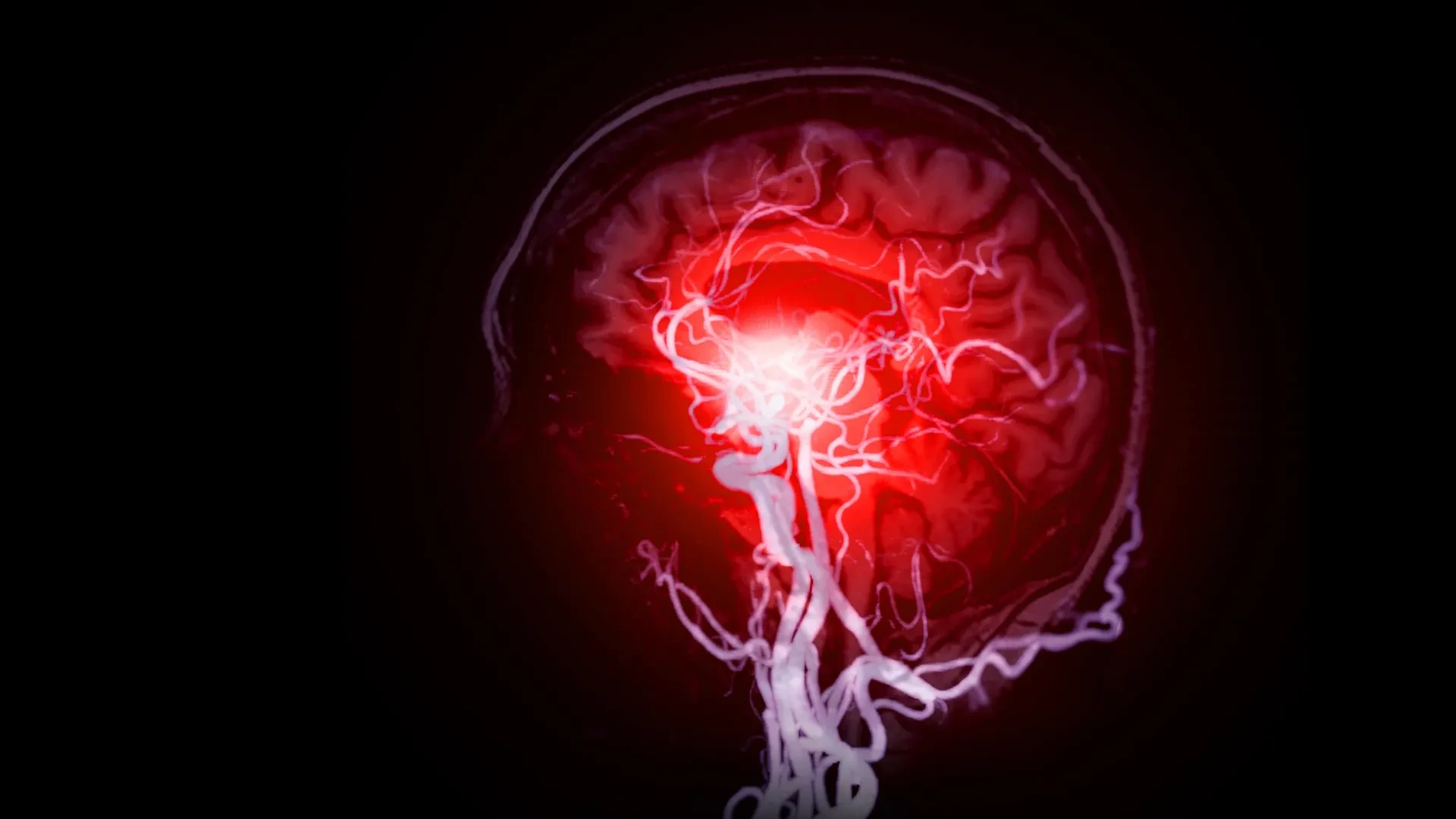Groundbreaking research reveals that damage to the brain's small blood vessels and the presence of microplastics are significant, under-recognized factors in dementia.

October 5, 2025

Source:
UNM HSC Newsroom - The University of New Mexico
Vascular Damage: A Hidden Factor in Dementia
Scientists have identified significant, previously under-recognized contributors to dementia. Research led by Dr. Elaine Bearer at the University of New Mexico highlights that damage to the brain’s tiny blood vessels is a widespread issue in patients diagnosed with dementia.
This finding suggests many individuals with an Alzheimer’s disease diagnosis also show signs of vascular damage, complicating both diagnosis and treatment.
Rethinking Dementia's Causes
Traditionally, dementia research has centered on the plaques and tangles characteristic of Alzheimer's. However, Dr. Bearer's work shows that vascular dementia, which results from disease in the brain's small vessels, is a critical component.
In New Mexico, up to half of Alzheimer's cases are suspected to involve small vessel disease.
Conditions like hypertension, atherosclerosis, and diabetes contribute to this vascular damage.
This damage can lead to microstrokes and neuronal injury by impairing oxygen and nutrient delivery.
A New Classification System
To address this, Dr. Bearer has developed a new classification system for vascular dementia. Using advanced microscopy, her team identified 10 distinct disease processes that injure the brain’s small vessels. This improved classification, supported by the National Institutes of Health (NIH), aims to help clinicians better diagnose and ultimately treat different forms of dementia.
Keep up with the story. Subscribe to the PR+ free daily newsletter

Source:
UNM HSC Newsroom - The University of New Mexico
Microplastics Found in Human Brains
In a startling discovery, Dr. Bearer's research also uncovered the presence of microplastics in human brain tissue. This marks a new and concerning area of investigation into the environmental factors potentially linked to neurodegenerative diseases.
Detecting the Unseen
The research team devised a novel method to find these tiny particles. Using confocal laser scanning microscopy, they made embedded microplastics fluoresce under specific light wavelengths, revealing their presence in brain tissue from deceased dementia patients.
Neuropathologists across the country, upon seeing the findings, recognized similar deposits in their own samples that were previously unidentifiable with standard methods.
Correlation with Dementia
The study revealed a troubling correlation:
More microplastics were found in brains affected by dementia compared to normal brains.
The quantity of plastic correlated with the degree and type of dementia.
Higher levels of microplastics were also linked to increased brain inflammation.
Microplastics are plastic particles under 5 millimeters, and how they cross the blood-brain barrier is a subject of ongoing investigation.
Read More

Source:
ScienceDaily
Share this news:




















